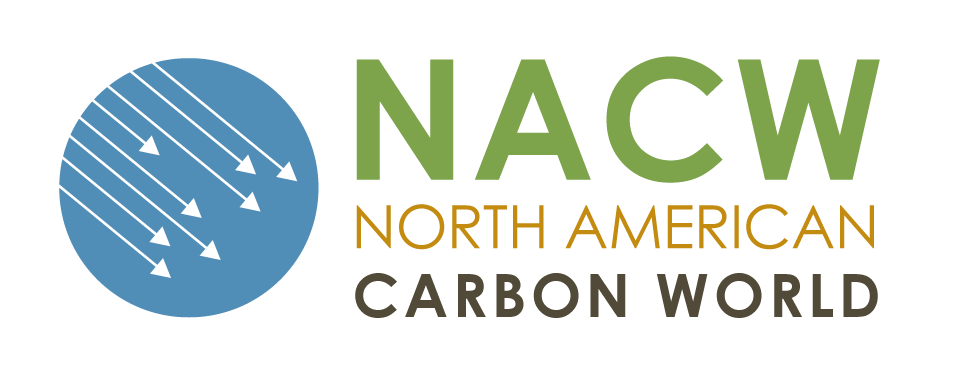Version 2.1
The revisions to the protocol include adding an option for expanding an existing project area, adding flexibility around ecosystem health requirements and mechanisms to prevent overgrazing, and other minor revisions to enhance usability. Please review the summary document below for a complete list of revisions.
Version 2.0
- U.S. Grassland Protocol Version 2.0 (January 18, 2017)
- Errata and Clarifications to U.S. Grassland Protocol Version 2.0 (November 16, 2017)
- U.S. Grassland Protocol Version 2.0 Summary
- U.S. Grassland Protocol Summary of Changes from Version 1.0 to Version 2.0
This protocol update was based upon work supported by the Natural Resources Conservation Service, U.S. Department of Agriculture, under number 69-3A75-16-025. Version 2.0 of the protocol was adopted by the Reserve Board of Directors on January 18, 2017.
Public Workshop
The Reserve hosted a public webinar on November 15, 2016 to discuss the revisions to the U.S. Grassland Protocol. The webinar recording and presentation slides are available below.
Reserve Presentation
Workshop Video
Public Comments
The public comment period closed on November 30, 2016. The Reserve received two sets of public comments, available for review below.
Version 1.0
- U.S. Grassland Protocol Version 1.0 (July 22, 2015)
- Errata and Clarifications to the U.S. Grassland Protocol Version 1.0 (October 15, 2020)
- Grassland Project Parameters for V1.0 (September 15, 2016)
Public Comments
| American Prairie Reserve | Environmental Defense Fund |
| SCS Global Services | The Nature Conservancy |
| The Climate Trust |
Public Comment Workshop
The Reserve hosted an in-person public workshop on April 28, 2015 in Los Angeles to discuss and answer stakeholder questions on the draft protocol. Please see meeting materials below.
Reserve Presentation
Meeting Video
Technical Contractor
The Reserve selected WSP and Colorado State University as the team to carry out the technical contract work for the U.S. Grassland Protocol. Staff worked closely with the contractors during 2014 to complete their work, which is the foundation of the quantification methodology within the protocol.
Workgroup
The Reserve worked closely with a multi-stakeholder workgroup to develop the U.S. Grassland Protocol. The workgroup included industry representatives, federal agency personnel, environmental organizations, verifiers, and expert consultants. The workgroup included representatives from:
| Colorado State University | SES, Inc. |
| Ducks Unlimited, Inc. | The Climate Trust |
| Environmental Defense Fund | The Nature Conservancy |
| Environmental Services, Inc. | USDA – Natural Resources Conservation Service |
Workgroup Meetings
Workgroup Meeting 5
February 4, 2015
Reserve Presentation
Meeting Video
GPP Companion Tables
Grassland Draft PIA
Grassland Draft Indemnification Agreement
Grassland Draft Access Easement
U.S. Grassland Protocol – Workgroup Comment Draft – Not for Public Comment
This workgroup comment draft of the protocol is not open for public comment. It is simply being used as a tool for discussion during the workgroup meeting. The protocol is expected to be released for public comment in Spring of 2015.
Workgroup Meeting 4
December 4, 2014
Agenda
Reserve Presentation
Meeting Video
In-Person Workgroup Meeting 3
October 21, 2014
Agenda
Reserve Presentation
Meeting Video
U.S. Grassland Protocol – Preliminary Draft – Not for Comment
This preliminary draft of the protocol is not open for public comment. It is simply being used as a tool for discussion during the in-person workgroup meeting. The protocol is expected to be released for public comment in Spring of 2015.
Workgroup Meeting 2
September 3, 2014
Reserve Presentation
Meeting Video
Workgroup Kick-Off Meeting
July 9, 2014
Agenda
Reserve Presentation
Meeting Video
Background
Over the past several years, the Reserve has been evaluating opportunities to develop carbon offset protocols for activities that increase or avoid the loss of organic carbon stored in soils:
- In 2010, the Reserve commissioned an issue paper evaluating a possible protocol for crediting soil carbon sequestration associated with the application of biochar. Based on the findings of the issue paper, however, we elected not to pursue protocol development.
- In early 2011, the Reserve convened a workgroup to explore development of a Cropland Management Protocol for quantifying soil carbon enhancements due to changes in tillage practices. This effort was suspended after further analysis and consultation with stakeholders.
- In November 2012, the Reserve adopted the U.S. Forest Protocol Version 3.3, which includes a methodology to account for net soil carbon emissions and sequestration in forests. This work may help to inform future development of soil carbon protocols for non-forest projects.
Continuing with these investigations, in early 2012 the Reserve commissioned an issue paper related to two types of land-use change activities: avoided conversion of grasslands and conversion of croplands to grasslands.
The background research paper for soil carbon storage in grassland is available below.
- Grasslands Issue Paper (Revised April 2015)
Based on the completed issue paper and internal scoping and research activities, the Reserve decided to move forward with the development of a protocol to address grassland projects in the United States.
Soil Carbon Scoping Meetings
The Reserve hosted two public meetings in Minneapolis, MN on February 26, 2013 and Sacramento, CA on March 6, 2013. The same content was presented at both meetings and the presentations are available below.
February 26
9:00 AM – 1:00 PM (CST)
The Nature Conservancy
1101 West River Parkway, Suite 200
Minneapolis, MN
Agenda
Reserve Scoping Meeting Presentation
Meeting Video
March 6
12:30 PM – 4:30 PM (PST)
University of California (UC) Center Sacramento
1130 K Street, Lower Level Conference Room B
Sacramento, CA
Agenda
Reserve Scoping Meeting Presentation
This meeting was not recorded as a webinar; please see the Minneapolis meeting video.
Resources
General agriculture protocol development and soil carbon background papers, which may be applicable to a grassland protocol, are available below.
- Peatlands Research Brief (January 2013)
- Background Paper: GHG Assessment Boundaries and Leakage for Cropland Management (June 17, 2011)
- Options for Determining the Additionality of Agriculture Projects (September 30, 2010)
- Quantification Options for Agriculture Projects (September 30, 2010)
- Options for Managing CO2 Reversals (September 30, 2010)
- Technical Working Group on Agricultural Greenhouse Gases (T-AGG) Reports: Mitigation Potential of Agricultural Land Management in the U.S.
If you have questions about the U.S. Grassland Protocol, please contact the Reserve at [email protected].




